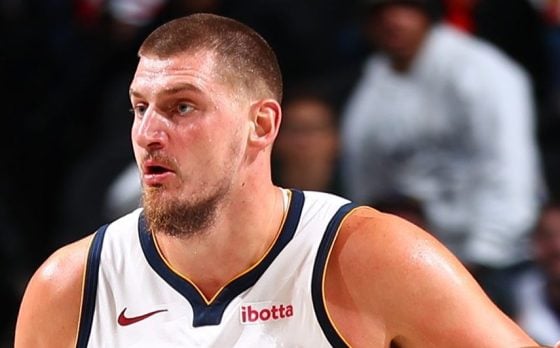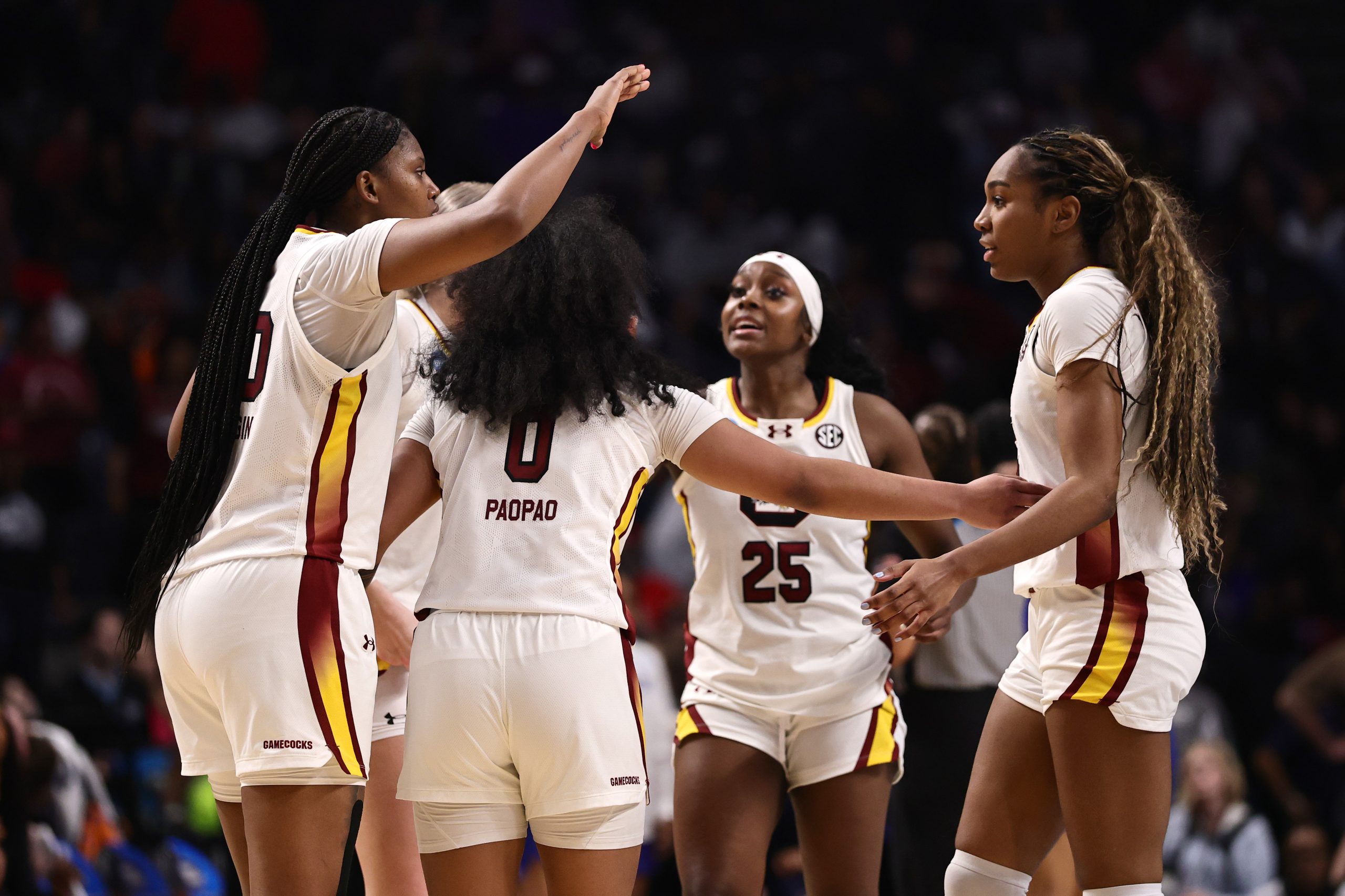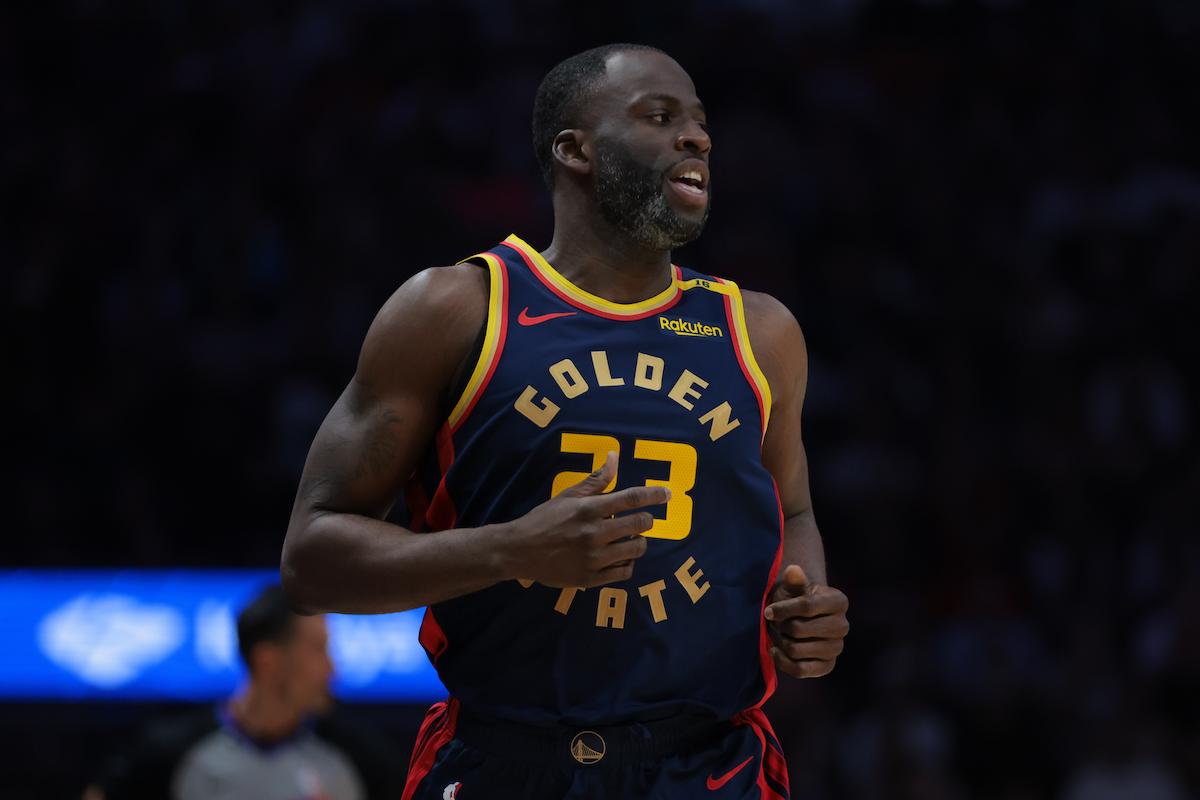For the third straight series, the Boston Celtics found themselves waiting around to find out who their next opponent would be. The Indiana Pacers secured a Game 7 win over a hobbled and battle-beaten New York Knicks team to progress on to the Eastern Conference Finals.
The Pacers are a fun young team. They like to run. They play a high-paced offense. And they will be a different type of challenge for Joe Mazzulla’s team. Boston will open the series against the Pacers on Tuesday.
In what has become tradition, let’s examine what makes the Pacers tick on both sides of the floor so we know what to expect come opening tip.
Indiana: By the numbers
The Pacers ended the regular season with the 2nd best offense in the NBA, sitting directly behind the Celtics for offensive rating, averaging 120.5 points per 100 possessions. They boast the best offensive rating in the playoffs, averaging 121.7 points — Boston is directly behind them in second place.
Things look drastically different on the defensive end, though. Indiana was ranked 24th in defensive rating during the regular season, allowing 117.6 points per 100. Boston was second, allowing just 110.6. The Pacers are 13th out of all playoff teams on defense, too, with a defensive rating of 118.1 — The Celtics are third with 106.1.
Indiana’s defensive issues will be a major weakness against the Celtics. At some point, the balance of a team’s approach will be a factor in their chances of success. For the Pacers, it looks like that point will be in the conference finals.
The Celtics aren’t a team you want to get into a shootout with — they’re just as talented on offense but have a far more dominant rearguard, which should prove to be the difference maker.
Let’s start peeling off some additional layers. All data, unless stated otherwise, is courtesy of Cleaning The Glass. I have stuck with regular-season data because it has a bigger sample size and paints a clearer picture.
Photo by Danielle Parhizkaran/The Boston Globe via Getty Images
Offensive Shot location frequency
This is where Indiana’s offense is coming from and how frequently they look to attack those spots. The higher the league ranking, the more frequently the Pacers are attacking those spots vs. other teams in the league.
- Around the rim – 35.5%, 3rd in the league
- Mid-Range – 29.1%, 23rd in the league
- Short mid-range – 22.2%, 17th in the league
- Long mid-range, 7%, 25th in the league
- 3-Point range – 35.3%, 18th in the league
- Non-Corner 3’s – 26.3%, 16th in the league
- Corner 3 – 9%, 23rd in the league
Offensive Shot location accuracy
This is how accurately a team is shooting from each location on the court – the higher the league ranking, the better the Pacers are at scoring in those areas.
- Around the rim – 68.4%, 8th in the league
- Mid-Range – 48.7%, 1st in the league
- Short mid-range – 47.8%, 2nd in the league
- Long mid-range, 48.7%, 1st in the league
- 3-Point range – 37.9%, 10th in the league
- Non-Corner 3’s – 36.8%, 12th in the league
- Corner 3 – 41.1%, 6th in the league
Putting that into context
The Pacers like to pressure the rim. Over a third of their offense comes within four feet of the cup, and they finish at a high rate. That approach has stayed true during the postseason. They attack the rim 32.9% of the time in the playoffs and hit 67.8% of their interior looks.
Without Kristaps Porzingis in the rotation, Mazzulla must find a way to limit Indiana’s ability to generate offense in the paint. Drop defense may not be the best approach, either. While the Pacers don’t take a ton of mid-range shots, they’re among the best teams in the NBA at converting those attempts — again, that has stayed true during the postseason, hitting 48.7% from mid-range.
As such, we may see the Celtics playing up-to-touch on screens, or they may adopt a heavier focus on switching actions to try and limit the space in the mid-range while also impacting downhill drives. Should Porzingis return during the series, moving back to drop would be logical due to the rim protection he provides.
The Pacers are also a threat on the perimeter. They ended the regular season as a top-10 team from deep in terms of conversion rate. However, their overall volume is lower than I would have expected. That volume has slightly increased during the playoffs, with it jumping to 37.8% of the offense, placing them 7th among postseason teams.
Boston must be smart in how the pressure the perimeter. Close-out too hard, and the Pacers will cook you on one/two dribble pull-ups or drive right by you to attack the rim. Sag off, and they’re more than confident enough to let that thing fly.
As such, we could see the Celtics implement some higher pick-up points or perhaps throw out some curveballs with their 2-1-2 press defense from time to time — that’s something we haven’t seen much of during the playoffs, but it is certainly in their back pocket.
Defensive shot location frequency
This is where opposing teams look to generate their offense against the Pacers’ defense – the lower the league ranking, the more frequently teams attack those spots.
- Around the rim – 37.6%, 30th in the league
- Mid-range – 32.9%, 25th in the league
- Short mid-rage – 24.5%, 26th in the league
- Long mid-range – 8.4%, 4th in the league
- 3-Point range – 29.5%, 1st in the league
- Non-Corner 3’s – 22.3%, 1st in the league
- Corner 3 – 7.2%, 1st in the league
Defensive shot location success rate
This is where opposing teams find success on offense – the lower the league ranking, the more successful teams are from those spots.
- Around the rim – 65.6%, 9th in the league
- Mid-range – 46.6%, 30th in the league
- Short mid-rage – 42.1%, 28th in the league
- Long mid-range – 47.1%, 28th in the league
- 3-Point range – 36.9%, 16th in the league
- Non-Corner 3’s – 35.9%, 11th in the league
- Corner 3 – 40.3%, 22nd in the league
Putting that into context
The Pacers want to funnel you toward the paint. They ended the regular season as the top-ranked team for limiting shot attempts from the perimeter but the bottom-ranked team for shot attempts around their rim. However, they were 9th in defending those rim attempts.
Carlisle’s team will pressure ball-handlers on the perimeter. However, they may come unstuck against the Celtics. Mazzulla has multiple slashers and post-scorers to call upon. Running actions out of the post should pull Indiana’s perimeter defenders away from the three-point line, allowing kick-outs to find open shooters.
Essentially, how the Pacers defend lends itself to how Boston likes to attack. The only question coming into this series will be whether the Celtics continue getting downhill early in games to try and get themselves going. Most importantly, the Celtics can’t get caught in the trap of trying to beat Indiana’s perimeter defense with an overcorrection on the perimeter. They have to stick to their game and generate quality shots.
Another interesting caveat here is that the Pacers have one of the best mid-range defenses in the NBA. Considering the Celtics have embraced that area of the floor during the postseason—with Brown and Tatum leading that charge—this could be a battle between high-level scorers and a high-level defense; if the Celtics can control the midrange, they could force the Pacers’ defense to bend, at which point cracks will quickly show.
:no_upscale()/cdn.vox-cdn.com/uploads/chorus_asset/file/25456143/1967638080.jpg)
Photo by Danielle Parhizkaran/The Boston Globe via Getty Images
Celtics vs. Pacers: The Matchups
Matchups are always fluid. Mazzulla has shown a willingness to be experimental throughout games and the lifespan of a series. For example, he could choose to cross-match Holiday with Turner to limit the impact of a Haliburton/Turner pick-and-roll. Or he could opt to have Tatum pick up Haliburton on the perimeter to throw some additional length to try and slow down the playmaking wizardry.
If I had to hazard a guess, I would expect the opening matchups to be something like
Haliburton – Holiday
Nembhard – White
Nesmith – Tatum
Siakam – Brown
Turner – Horford
Typically, Tatum has drawn the Siakam matchup, especially when Siakam was with the Toronto Raptors. However, Brown has been vocal about guarding the opposing team’s best player throughout the season, and Siakam would give him a different kind of test. With Game 1 scheduled for Tuesday, we won’t have long to wait to find out how the initial matchups end up looking.
Let me know your thoughts on the potential matchup combinations in the comments section!
Three questions I have heading into the game
1. Will we see some Xavier Tillman?
The Pacers have shooting at every position. Kornet’s effectiveness as a rim protector could be compromised if Carlisle’s team looks to run delay actions and feed the big men on the perimeter. Tillman’s ability to guard on the perimeter, switch actions, and provide physicality around the rim may be better suited to containing Indiana’s offense and controlling the glass.
What the Celtics would be giving up in size, they would be getting in versatility and physicality. That could be an acceptable tradeoff if Kornet finds himself getting exploited when checking into games.
2. When will we see Porzingis?
“Porzingis has been making progress in his recovery from a soleus strain of his right calf, ramping up his on-court activity for an anticipated return in the conference finals, but still needs more time for a return to play, sources said,” Adrian Wojnarowski has reported. “He is likely to miss the opening two games of the East finals, scheduled for Tuesday and Thursday in Boston.”
That doesn’t mean we can bank on Porzingis being back for Game 3. It means that he is definitely not back for the opening two games. The Celtics must be cautious with bringing back their star big man. They’re going to need him deeper in the series and in the NBA Finals. Still, with Porzingis on the floor, the Celtics are at their best. His presence would help them push for a shorter series against a well-drilled, doe-eyed young roster.
3. Will the Celtics embrace a shoot-out?
The Celtics are one of the only teams in the NBA the Pacers should avoid getting into a shootout with. Boston has more scoring, more shooting, and more top-end talent. They can thrive in space. They can cook from all three levels. Indiana’s run-and-gun offense could wind up being their undoing.
However, the Celtics should be cautious about building their game plan around going toe-for-toe with a team that’s too young to realize it’s outmatched. Still, I wouldn’t be shocked if we see the Celtics beat — or at least match — the Pacers at their own game for stretches of games during this series.
CelticsBlog graciously allowed this article to be cross-posted from my “Celtics Chronicle” newsletter.






